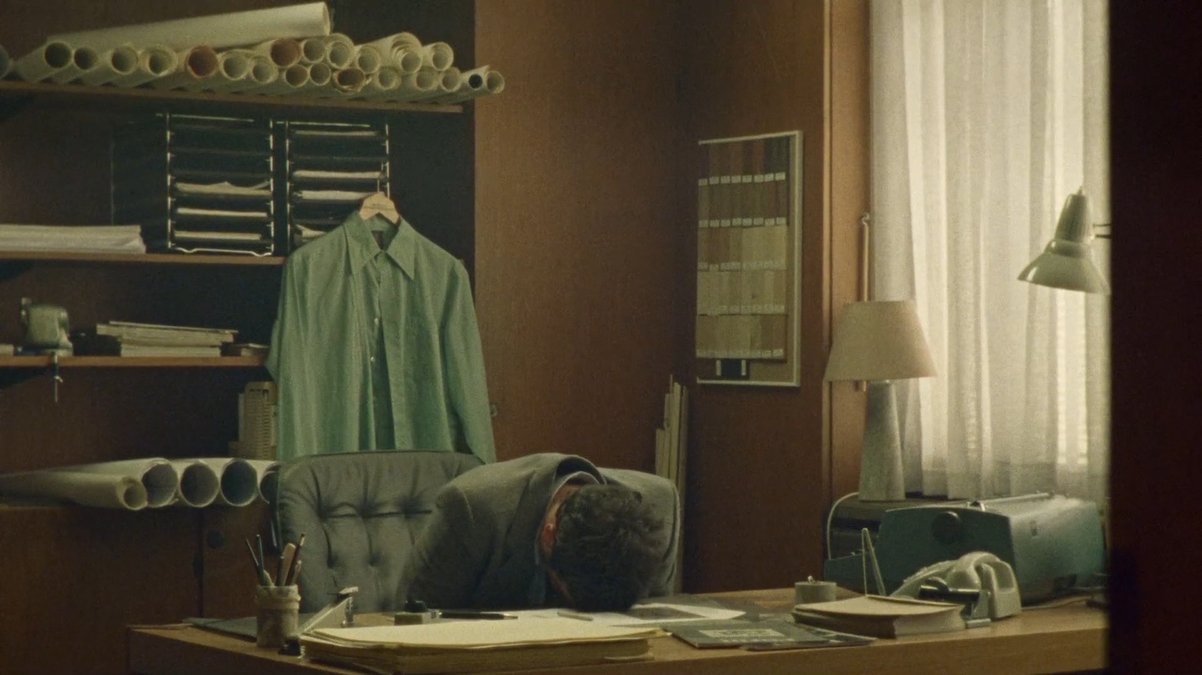As a film director, husband, and father, finding a balance between work and personal life has always been a sensitive topic for me. It often felt like a mystery, with one aspect constantly interfering with the other. However, I've recently started to discover a new perspective on achieving work/life balance that has brought me closer to finding harmony in both areas.
In today's fast-paced world, striving for a perfect work/life balance can feel like an elusive goal. We find ourselves constantly juggling between work responsibilities, personal commitments, and the desire to take care of our well-being. But what if we shift our perspective and embrace a different approach to balance?
Instead of trying to achieve balance within a single day, let's explore the concept of balance through the lens of seasons. Just like nature experiences different seasons throughout the year, we can apply this concept to our lives by dividing our time into seasons of high intensity and seasons of rest.
During the season of high intensity, we fully immerse ourselves in our work or projects that require our focused attention. This is the time when we dedicate ourselves to accomplishing our goals, pushing boundaries, and making significant progress. It's during this season that we may need to put in extra hours, take on challenging tasks, and go the extra mile to achieve our desired outcomes.
For me, this high-intensity season usually lasts a month or two. During this time, I make a conscious effort to eliminate any distractions or vices. I reduce alcohol consumption, limit caffeine intake, and minimize social events and hobbies that may divert my focus. The idea behind this is simple: if I can't sacrifice these things temporarily, then everything holds equal importance, and my focus becomes diluted.
While the idea of sacrificing leisure activities and social interactions may seem daunting to some, it's important to recognize that our cognitive capacity is limited. A normal human can effectively tackle one to two tasks that require active cognitive function at a time. This doesn't include automatic tasks like walking, eating, sleeping, commuting, or other basic activities. Instead, it refers to tasks that demand our mental energy, such as writing, pitching, sales calls, meetings, filming, or editing. We can push ourselves into this high-intensity mode for a few consecutive weeks or months.
Aiming for a longer high-intensity season of at least a month allows us to establish a rhythm and habituate ourselves to the workload. By the 21st day, we start to see results and experience a sense of accomplishment from our work. However, it's essential to acknowledge that this productive phase doesn't last indefinitely. Eventually, we may find it challenging to stay focused or feel less motivated by the same goals. This is a clear sign that the high-intensity season is coming to an end.
After a period of intensity, it is crucial to take a season of rest. This is a time to recharge, rejuvenate, and step away from our work. It's a period where we consciously allow ourselves to indulge in activities that bring us joy, spend quality time with loved ones, pursue hobbies, or simply take a well-deserved vacation. Rest doesn't necessarily mean doing nothing; it involves engaging in activities that replenish our energy reserves and inspire us. This period of rest allows us to recover, reflect, and prepare ourselves for the next season of intensity.
For me, winter is usually the slowest season in the commercial filmmaking industry. It's a time when agencies are often on holidays, resulting in fewer creative briefs for productions to execute. Additionally, brands are still finalizing their budgets for the new year. This trend is not limited to commercial filmmaking but can be observed across various industries.
By embracing this cyclical pattern of intensity and rest, we can find a rhythm that works for us. It enables us to give our best during periods of high productivity while also nurturing our well-being during moments of relaxation. This approach acknowledges that balance is not a static state but a dynamic process that evolves over time.
To implement this approach effectively, it's essential to plan and communicate our seasons with others. By setting clear expectations and boundaries, we can ensure that both our personal and professional lives are respected. This might involve coordinating deadlines, managing workloads, and effectively communicating our availability to producers, representatives, colleagues, friends, and family.
Remember, finding work/life balance is not about achieving a perfect equilibrium every single day. It's about recognizing that balance can be achieved by embracing seasons of intensity and rest. By intentionally creating these seasons and honoring our well-being, we can lead more fulfilling and sustainable lives.








